How to beat the social media algorithms
Post at least once a day. Only post three times a week.
Make sure to put links in the caption. Put links in the comments.
Post in the afternoon. Post in the morning.
Use five hashtags. Use twenty-five hashtags.
Short-form video performs better. Carousel posts perform better.
As communications professionals, we face the daunting task of keeping up with the ever-evolving landscape of social media and the algorithms that come with it. How many times have you gotten lost down a deep dark hole of contradictory articles and blogs about how to get on top of the social media algorithms? It is easy to get caught up in it all, constantly searching for the perfect formula to skyrocket your organisation’s account to success. It’s an endless fight and one you’ll probably struggle to win.
What if the key isn’t constantly trying to figure out the algorithm but mastering a holistic and strategic approach to social media? Don’t get me wrong—the algorithm will always be a part of social media, and so is staying up to date with what is changing in the industry. But it is so out of our control. What if we placed more effort into some of the things we can control? Here are some things I think we underestimate when creating high-performing social media content.
Storytelling
We all know that storytelling is a critical element of effective communication. On social media, this means creating content that doesn’t just inform but captivates and connects on an emotional level. Using narrative techniques makes your content relatable and memorable – which is key for getting engagement. Crafting messages that reflect your audience’s interests and align with the overall story you are sharing about your organisation will likely keep your followers coming back.
Prioritise your audience
Understanding and prioritising your audience is crucial in a medium that is oversaturated with content. Start by deep diving into your audience, who they are and what they need. Melanie just wrote a great blog with some tools and tips on how you can do this – read it here.
Use these insights to tailor your content and your approach. There will always be key messages you want to get out, but without understanding your audience, they might not even get in front of the people who need to see them. Know what your audience cares about. Don’t just focus on what you need to tell them, but what they want to hear and how they prefer to hear it.
Use data to drive your decisions
With an unpredictable algorithm, data is your most reliable guide to understanding how your content performs and whether it resonates with your audience. Regularly dive into your analytics (they are freely available on social media platforms!) to understand what types of content yield the best engagement, what times your audience is most active and how they interact with different formats. This continuous loop of feedback and adjustment is what drives a successful social media presence.
For example, our data shows us that on LinkedIn, our blogs drive the most link clicks, so it is important for us to write blogs regularly to drive website traffic. However, it also shows that shorter-form content about communications (posts like this one) gets a lot of engagement, indicating that our audience cares about this type of content. Insights like these help us create a balanced approach to content creation.
Have a social media strategy
You knew this was coming, right? Great communications is researched, planned and evidence-based – including social media! I believe that even if you did crack the code to the social media algorithms (and if anyone does, please do share!), without a strategy you risk communications being inconsistent, contradictory, not focused on your audience and misaligned from your goals. Everything I have mentioned above can and should be captured in a strategy. It should outline clear goals, objectives, audiences, messages, content pillars and an approach to measurement and evaluation. Crafting a strategy also prompts you to consider your organisation’s operating environment and overall goals and how that might be connected to your approach. Your strategy should be a living document, adaptable to the changing digital landscape and insights gleaned from ongoing measurement. By articulating what you want to achieve and detailing the path to get there, you ensure that each post has a purpose.
In today’s digital world, thriving on social media doesn’t just have to mean succumbing to the endlessly changing algorithm. Having a blend of creativity, strategic planning and data-driven decision making, you can create a social media presence that not only reaches but also resonates with the people you need it to.

